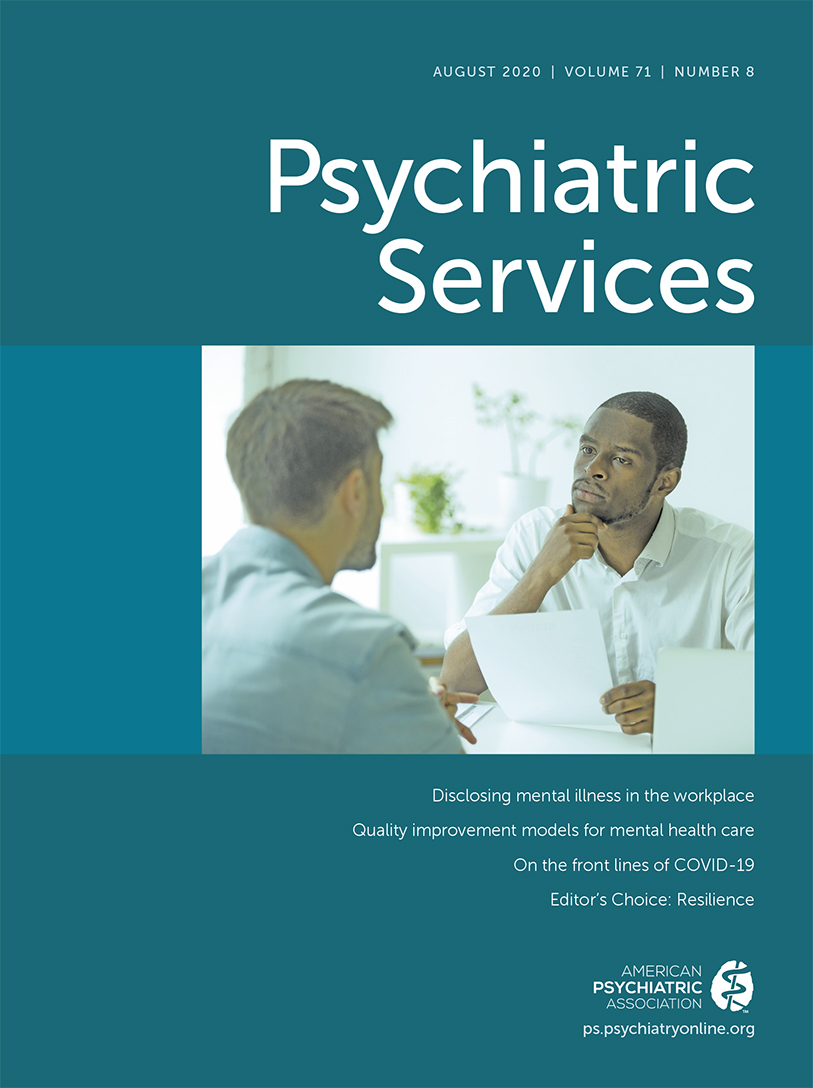Improving Psychiatric Access for Students in Crisis: An Alternative to the Emergency Department
Abstract
School behavioral health crisis referrals have emerged as a significant driver of avoidable emergency department (ED) visits. However, few resources exist to divert students to more appropriate settings. This article examines the effectiveness of an ambulatory behavioral health urgent care pilot project in reducing ED visits and improving collaborations with schools in the local community. Initial data suggest that urgent psychiatric evaluation and care coordination may be an effective model for reducing preventable ED visits and meeting the mental health needs of students in crisis.



